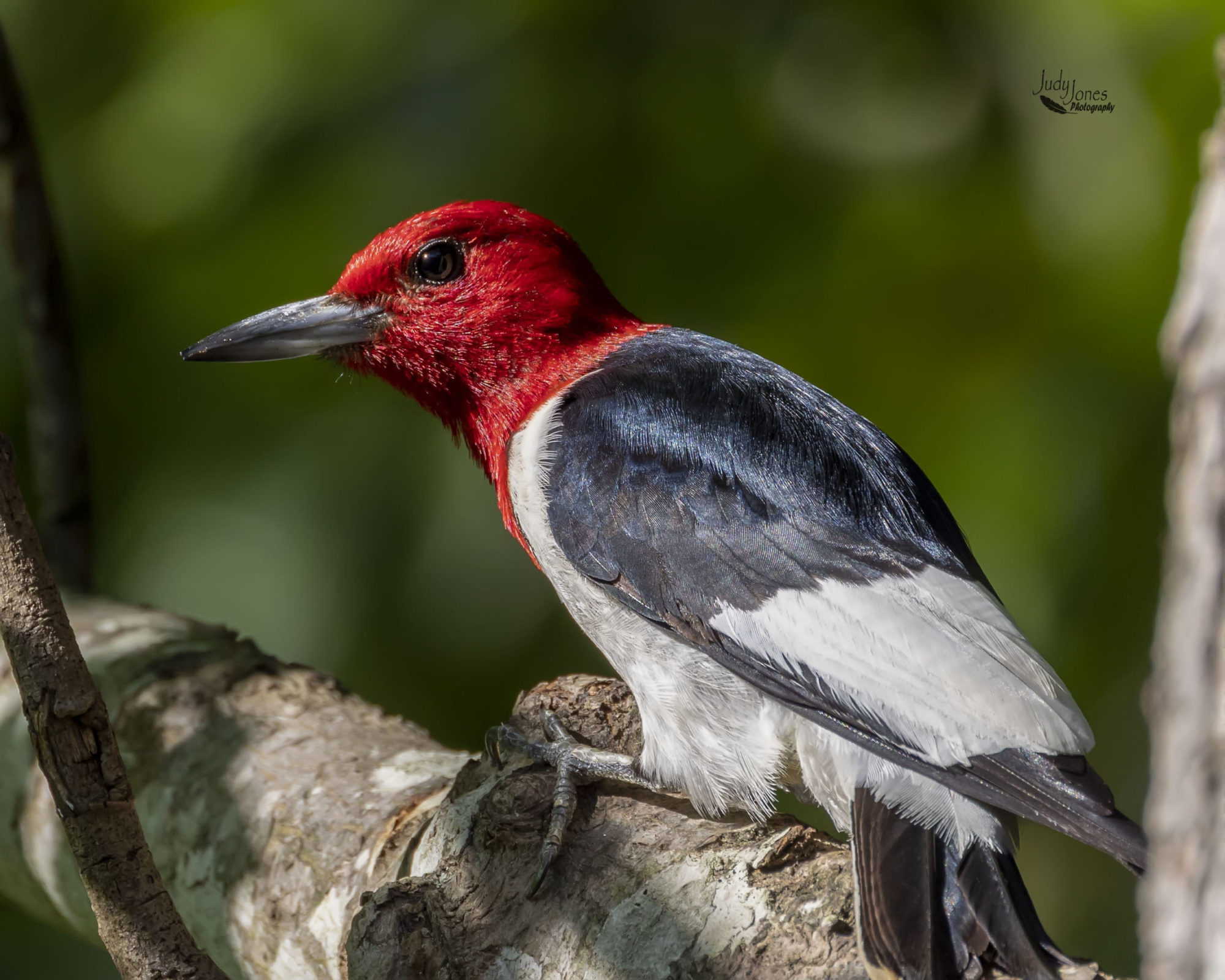
From the website of the Virginia Society of Ornithology, prepared by Andrew Rapp and Terri Cuthriell:
The Challenge: The expansion of the Hampton-Roads Bridge Tunnel (HRBT) will result in the loss of nesting habitat for more than 25,000 seabird adults and chicks. The South Island of the HRBT is an elevated artificial island that currently supports the largest seabird nesting colony in Virginia. The colony is comprised of the state threatened Gull-Billed Tern as well as Royal Terns, Sandwich Terns, Common Terns, Black Skimmers and a variety of gull species. Several historic colony sites in Virginia have been completely lost and numbers of all of these birds in Virginia have been declining for years. Without proactive conservation action, there currently is no available habitat for these numbers and this diversity of seabirds in Virginia. The loss of the HRBT South Island nesting colony may result in long-term population declines in all these birds if suitable replacement habitat is not created. The loss of this nesting site is especially urgent for populations of Royal and Sandwich Terns as Virginia is the northernmost extent of their range and HRBT South Island is their primary nesting site.
The Solution: A science-based solution exists: build a sand-topped island to which the displaced birds may be attracted. Nearby states of Maryland, North Carolina and South Carolina have successfully built and managed islands for colonial seabirds and, in some cases, also have improved fish habitat. Across the U.S. and around the world, partnerships between states and federal agencies have built bird islands to successfully mitigate other actions, such as bridge or road expansion, and channel dredging. In the face of the current lack of federal protection under the U.S. Migratory Bird Treaty Act, state-level leadership will be required to implement this conservation solution. Construction of a suitable predator-free island in a fish-rich area that is designed to also improve fish habitat will result in a win-win-win solution for Virginia’s largest-ever transportation project, its seabirds, and its essential fish habitat.
A Showcase for Coastal Resilience: Virginia is proactively developing a master plan for encouraging coastal resilience. Successful construction of an island to benefit natural resources at the same time as the state is improving critical transportation infrastructure will be a resilience showcase. Ongoing dredging of shipping channels and activities related to expansion of the Port of Virginia and the HRBT itself could provide the sources of sand and federal partnerships needed to complete this project.
From Cheryl Jacobson, President of the Williamsburg Bird Club:
Public comment can make a difference. Please consider writing Virginia state officials (Governor, Secretary of Natural Resources, and Secretary of Transportation) to express support for building a replacement island for this seabird colony that will otherwise be lost due to inaction.
The terns’ nesting site has already been destroyed without a solution in place.
The links below are helpful orientation about the situation:
Please consider writing to these individuals regarding your concerns:
The Honorable Ralph S. Northam
Governor of Virginia
Office of the Governor
P.O. Box 1475
Richmond, VA 23218
Matthew J. Strickler
Secretary of Natural Resources
Patrick Henry Building
1111 East Broad Street
Richmond, VA 23219
Ryan Brown, Executive Director
VA Department of Game and Inland Fisheries
P.O. Box 90778,
Henrico, VA 23228-0778
Ms. Shannon Valentine, Secretary
Virginia Department of Transportation
1401 E. Broad St.
Richmond, Virginia 23219






